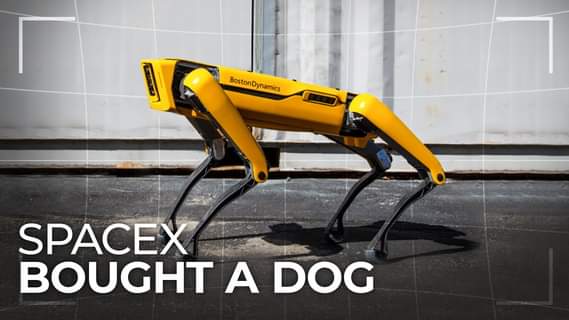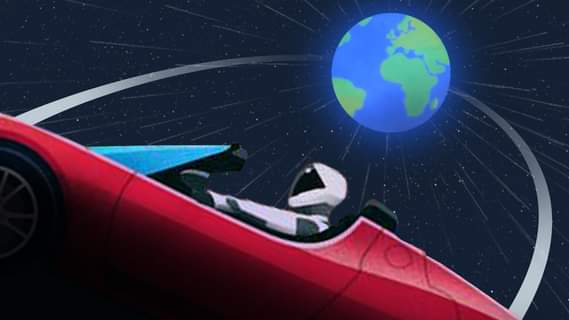But uptake by patients and physicians has been low in the United States, where some therapies have been authorized for months.




But that’s nothing compared to how long scientists have been waiting to spot the bizarre phenomenon. Live Science notes that Stephen Glashow first came up with the notion of the subatomic cascade back in 1960 and that it’s been a matter of pure theory that whole time.
The actual cascade of Glashow resonance involves an antineutrino — or even a regular neutrino — crashing into an electron with so much energy that it produces a comparatively-large particle called a W boson.
Doing this requires the extremely-tiny antineutrino to carry 6.3 petaelectronvolts, or the amount of energy of 6.3 quadrillion electrons accelerated by a single volt. That’s the same, Live Science calculated, as 6300 mosquitos traveling at one mile per hour — or one mosquito traveling 8.2 times the speed of sound.






